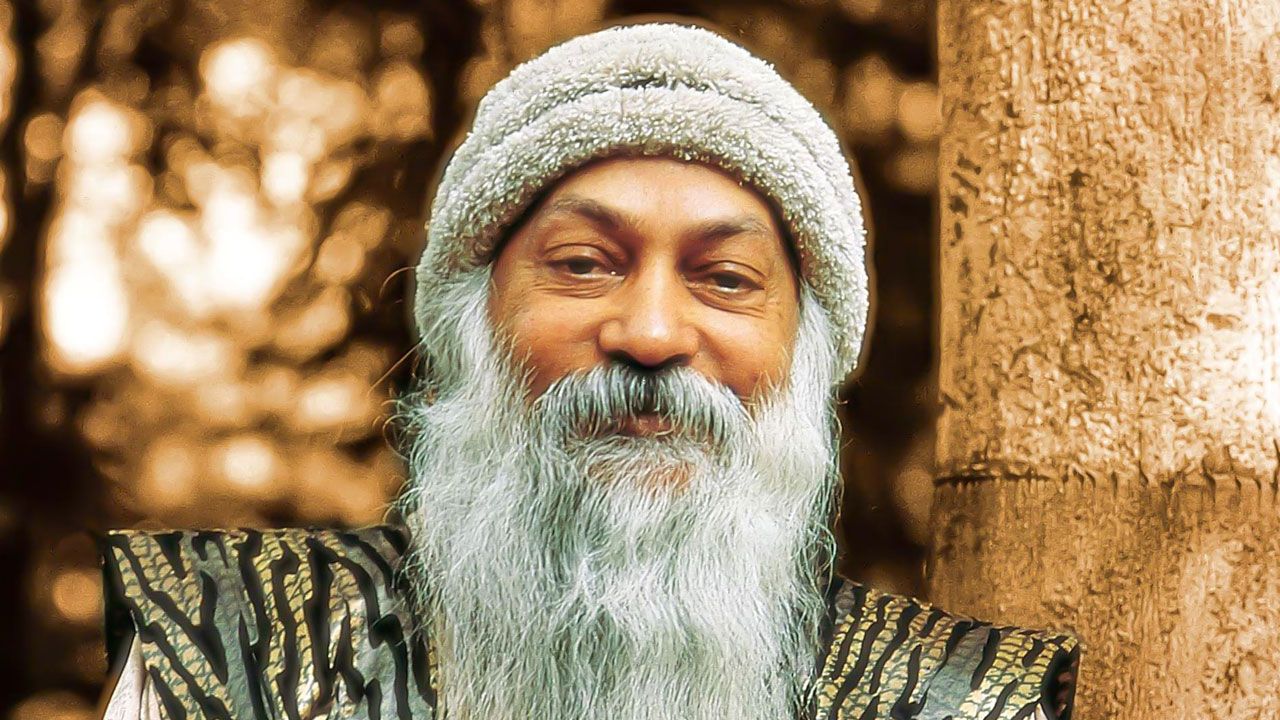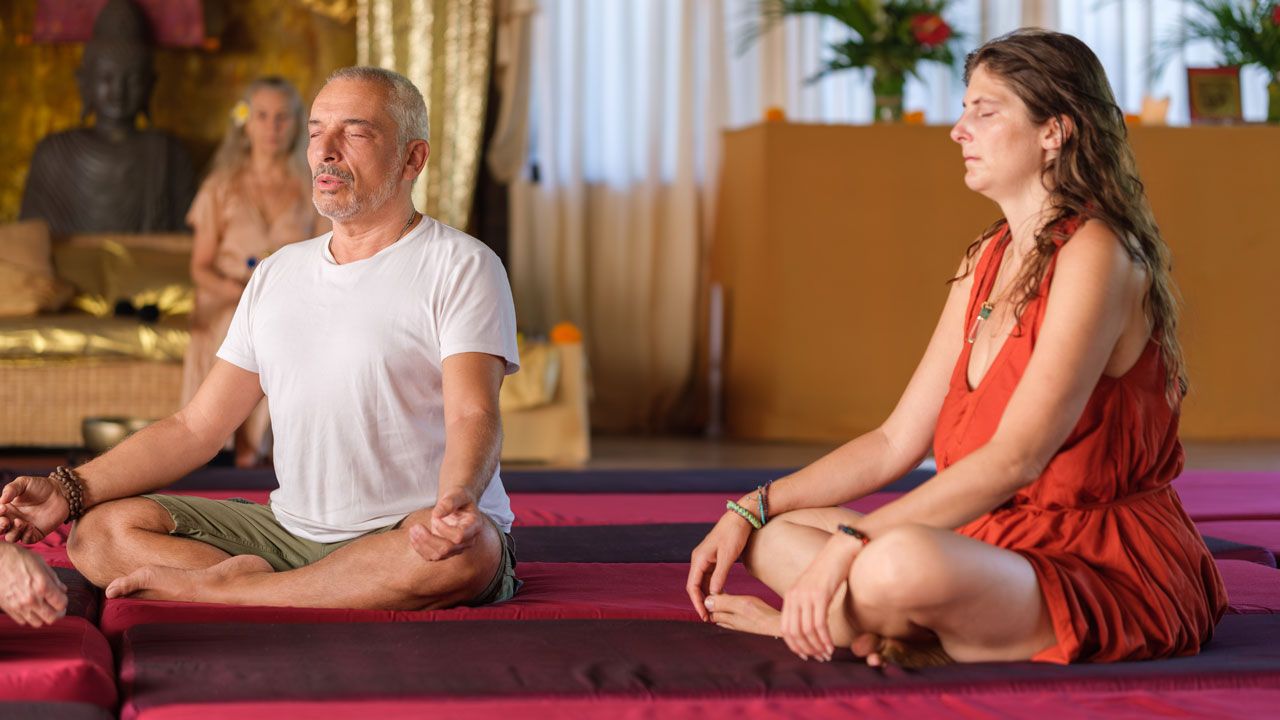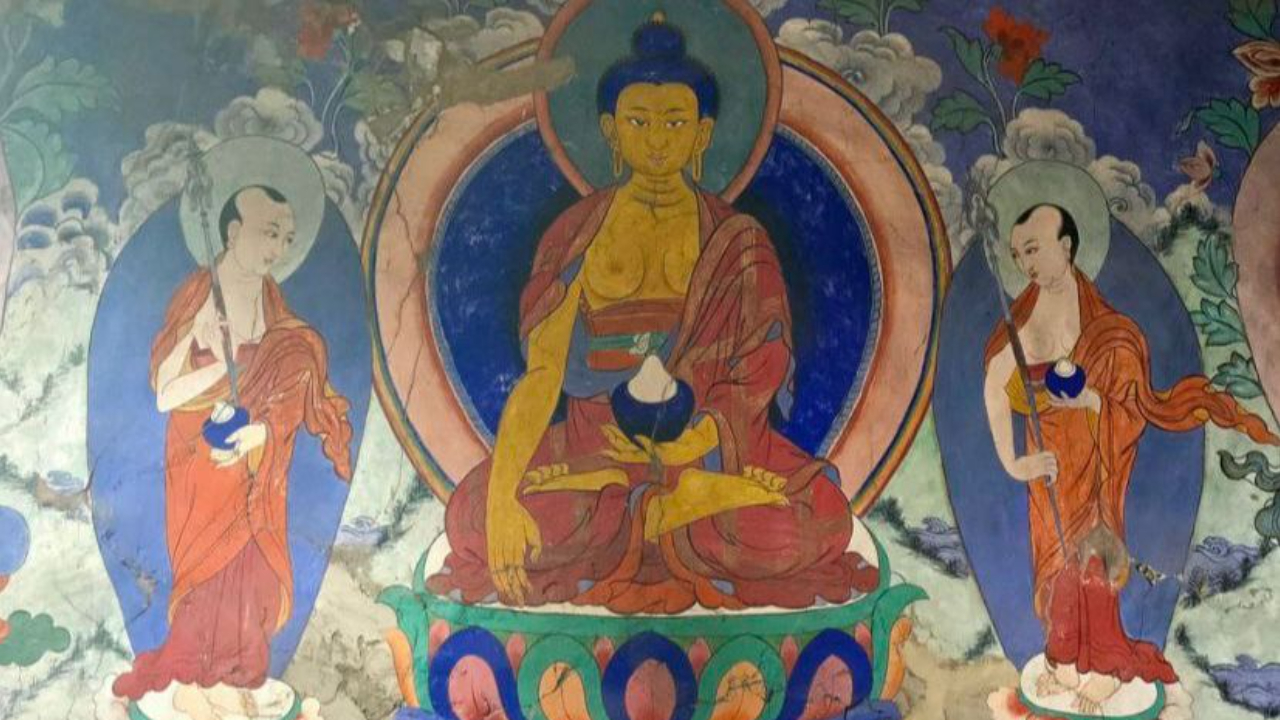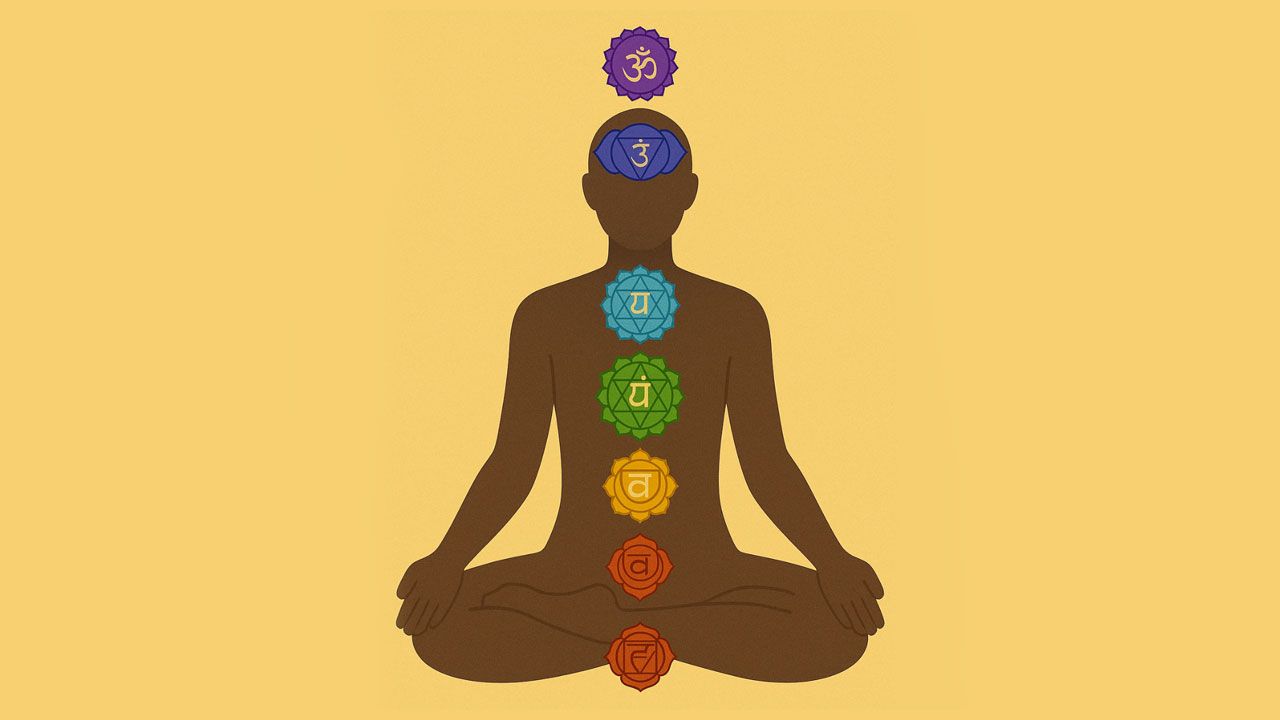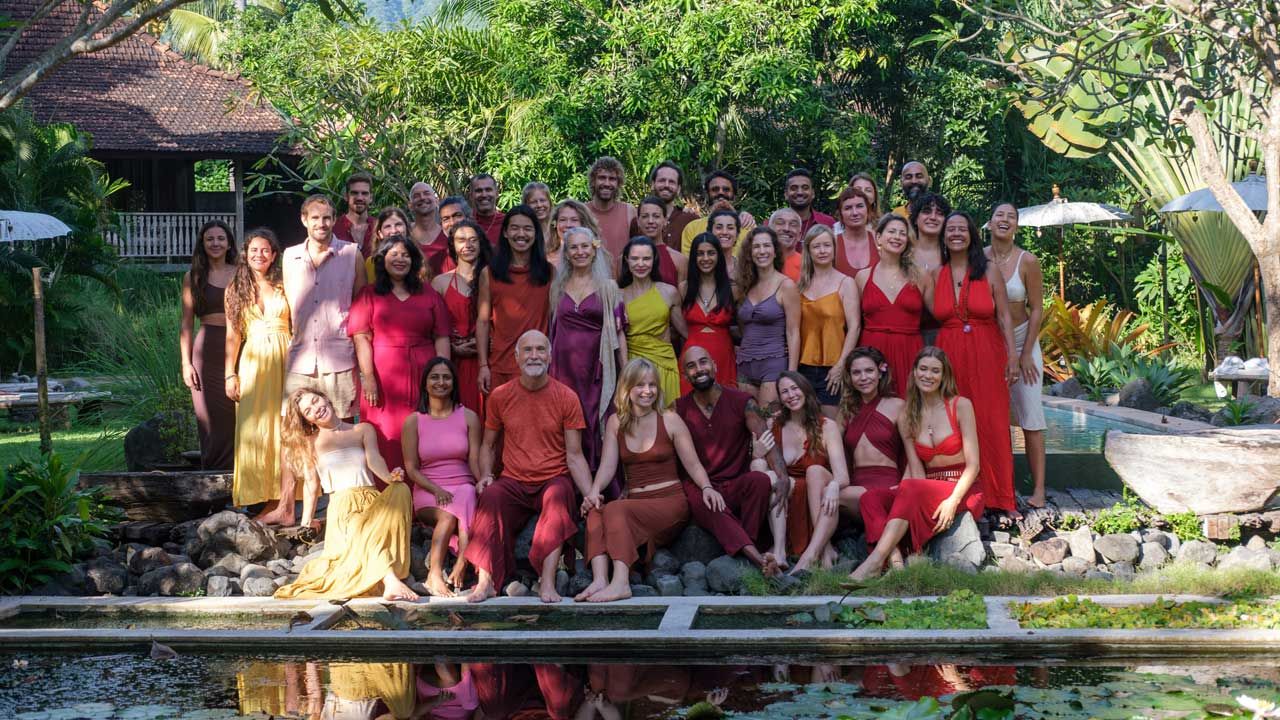Tantric Buddhism/Vajrayana: Beliefs, Practices, & Teachings
Jul 29, 2024
The ancient tradition of Vajrayana, also known as Tantric Buddhism, may hold the key to unlocking your full potential in your tantric practice. This profound and often misunderstood branch of Buddhism offers a radical approach to spiritual transformation that can seem daunting at first glance.
But beneath its esoteric symbolism and practices lies a powerful system for directly realizing the nature of reality and our own Buddha nature. Imagine being able to harness the very energies that fuel your deepest desires and fears, transmuting them into the fuel for your own awakening.
That's the promise of Vajrayana, a path that embraces the totality of human experience as grist for the mill of enlightenment. Rather than rejecting or suppressing our earthly cravings, Tantric Buddhism teaches us how to metabolize them through precise methods of visualization, mantra recitation, and yogic techniques.
What is Vajrayana Buddhism?

Vajrayana, is the "Indestructible Vehicle", a method for shattering the illusory boundaries between the mundane and the sacred through tantric practices. Rather than dry philosophizing, it focuses on harnessing the body's own energies and psycho-physical makeup as a means for radical transformation.
The practitioner trains in techniques like visualization, where they imaginatively merge with Buddhist deities and dissolve into primordial wisdom. Mantras, potent vibrational sound formulas - are recited with intense focus to shift consciousness. Multi-phased rituals making use of symbolic hand mudras, painted mandalas, and sacred artifacts catalyze profound openings.
All of this serves one overarching purpose, to swiftly achieve the same Buddhahood that Siddhartha realized under the Bodhi tree, but through an expedited methodology. The promise of Tantric Buddhism is that with tremendous discipline, skill and guidance, one can traverse the entire path to enlightenment in this very lifetime.
Origins of Buddhist Tantra
My journey to understand the origins of this tradition took me back to the tantric philosophies of ancient India around the 5th century CE. It was during this era that the Buddhist faith began intermingling with Sanskrit-based Hindu Tantra, which are esoteric practices centered around harnessing psycho-spiritual energies for enlightenment.
From India, tantric Buddhism followed the silk roads into lands like Indonesia, China and Japan. But it was in the remote Himalayas of Tibet that it took on new life and revelatory power. When the great Indian master Padmasambhava arrived in Tibet in the 8th century CE, he encountered a culture steeped in native Bon shamanism and nature worship.
Finding Padmasambhava’s Cave

Padmasambhava, also known as Guru Rinpoche, was a renowned Buddhist master attributed with establishing Vajrayana Buddhism in Tibet. Considered a "second Buddha" by Tibetans, he used his great skills in tantric traditions to reveal these teachings in ways suited to the Tibetan people.
In Northern India, there is a cave near Rewalsar Lake where this famous mystic Padmasambhava used to live with his consort, the princess Mandarava. Ma Ananda Sarita journeyed 5 hours up a very winding road from Dharamsala to visit the hidden valley of Rewalsar, which hosts this sacred cave. The area, adorned with Tibetan prayer flags, is a testament to the importance placed on this site.
Sarita commented how she was absolutely stunned on entering the cave to experience a powerful magnetic energy which drew her into a profound meditation from which it was almost impossible to emerge. The power of Padmasambhava's presence was still palpable even after so many centuries.
The story goes that the father of Mandarava, the king of this area around what is now Rewalsar Lake, was absolutely furious that his daughter had run off with this wild Buddhist yogi. He tried to kill Padmasambhava, but the master displayed miraculous powers that protected him. The king was so impressed that he eventually gave his blessings for his daughter to remain with the great guru.
Rewalsar Lake itself is considered a sacred spot for Hindus, Sikhs and Buddhists, created by the Vajrayana practices of Padmasambhava and Mandarava.
Branches/Types of Buddhism
Theravada Buddhism
The Theravada school traces its roots back to the earliest period of Buddhism and the original teachings of the historical Buddha Shakyamuni. It takes as its scriptural source the Pali Canon and its many discourses and commentaries.
The path laid out is that of the Arhat or "worthy one" - a renunciate practitioner who follows the Noble Eightfold Path to attain personal liberation from the cycle of rebirth. Great emphasis is placed on mastering the Buddha's core teachings on the Four Noble Truths, impermanence, non-self, and nirvana.
Mahayana Buddhism
Several centuries after the Buddha's passing, a new perspectival shift catalyzed the Mahayana or "Great Vehicle" traditions of Buddhism. While affirming much of the earlier teachings, the Mahayana introduced the ideal of the bodhisattva.
Rather than merely seeking personal enlightenment, the bodhisattva vows to attain complete Buddhahood for the benefit of all sentient beings. By embodying virtues like wisdom and compassion to the highest degree, the bodhisattva postpones their own entry into nirvana in order to work tirelessly to liberate others.
Vajrayana/ Tantric Buddhism:
The Vajrayana incorporates practices and symbologies aimed at swiftly catalyzing enlightenment in a single lifetime. What distinguishes it is the ingenuity of its methods , the use of the body's subtle energies and psycho-physical makeup as a vehicle for realization. The practitioner takes on symbolic identities through ritualized visualizations and recitations.
By embracing the full spectrum of human experience rather than rejecting it, one can transform all phenomena into the path itself. The Vajrayana is sometimes referred to as the "third turning of the wheel" after the Buddha's original teachings. However, it doesn't reject the previous vehicles but rather builds upon them as an accelerated avenue for total freedom.
Vajrayana/Tantric Buddhism Terms

- Tantric Buddhism: Vajrayana is referred to as Tantric Buddhism because of its extensive use of complex rituals, visualizations, and esoteric practices derived from Hindu and Buddhist tantric practice traditions.
- Esoteric Buddhism: This term highlights the secretive and initiatory nature of Vajrayana teachings, which are typically only revealed to qualified students by realized masters within authentic lineages.
- Mantrayana: Emphasizing the centrality of mantras (sacred sound formulas) in Vajrayana practice, this term refers to it as the "Mantra Vehicle."
- Diamond Vehicle: Vajra means "diamond" or "thunderbolt" in Sanskrit. This name symbolizes the indestructible clarity and ability to cut through delusion that these teachings can unleash.
- Thunderbolt Vehicle: Similar to the Diamond Vehicle, this potent name underscores the powerful, transformative, and electrically charged nature of Vajrayana practices.
- Secret Mantra: This term focuses on the use of esoteric, closely-guarded mantra practices as a core component of the Vajrayana path.
- Indestructible Path: Highlighting the unbreakable and enduring nature of these teachings, this name reflects the permanence of the Vajrayana spiritual journey once begun.
- Tibetan Buddhism: As the predominant form of Buddhism in Tibet and the Himalayas, Vajrayana is commonly referred to as Tibetan Buddhism in that cultural context.
- Lamaism: An older, more antiquated term derived from "lama" (a spiritual teacher), Lamaism was historically used to describe Vajrayana Buddhism, particularly Tibetan practices.
Tibetan Buddhism Beliefs

Emptiness (Shunyata)
At the heart of all Buddhist teachings is the principle of emptiness or shunyata. In Vajrayana, this refers to the ultimate insubstantiality and interconnectedness of all phenomena. Everything we perceive in the physical world, including our own sense of self, is devoid of any intrinsic, independent existence.
There is no solid, permanent essence underlying what manifests. If all is fundamentally empty of inherent reality, then our attachments, identities, hopes and fears are like clouds adrift with no unchanging core. To realize emptiness is to cut the root of suffering itself.
Buddha-Nature
The Vajrayana view affirms the innate presence of Buddha-nature - the inherent potential for complete enlightenment - within all sentient beings without exception. Despite appearances, our most primordial consciousness is intrinsically awake, radiant, and inseparable from the essence of all Buddhas.
Samsara and Nirvana
The cyclical whirlpool of births, deaths, suffering, and dissatisfaction is samsara - the perpetual wheel of conditioned existence we find ourselves trapped in lifetime after lifetime. The ultimate aim of the Tantric Buddhism practice is to completely transcend samsara by attaining nirvana - an inconceivable state of perfect liberation, peace, and the actualization of our Buddha-nature.
The Three Jewels
Just as the historical Buddha took refuge in the Three Jewels, so do all Vajrayana practitioners. We take refuge in Buddha (the qualities of enlightenment), Dharma (the teachings and paths), and Sangha (the community of realized beings and practitioners). These Three Jewels form the indispensable foundation of the Buddhist path.
The Four Noble Truths
The Buddha's first teaching on the Four Noble Truths remains the bedrock for understanding the human condition in all Buddhist schools:
- The truth of suffering
- The truth of the cause of suffering
- The truth of the cessation of suffering
- The truth of the path leading to the cessation of suffering
These four seals provide the framework for diagnosis, understanding the roots of our existential dissatisfaction, realizing the possibility of freedom, and the way to uproot suffering through the Noble Eightfold Path.
The Six Perfections (Paramitas)
Vajrayana affirms the quintessential Mahayana practices of the six perfections or paramitas as foundational:
Generosity, ethical discipline, patience, perseverance, meditative concentration, and the perfection of wisdom itself. By training wholeheartedly in these six transcendent qualities, the bodhisattva (one whose essence is enlightenment) fulfills the requisites for total awakening and the embodiment of profound compassion.
Exploring The Tibetan Buddhist Tradition

Deity Yoga
In tantric texts, deity yoga involves visualizing oneself as an enlightened Buddha figure or deity. Through precise visualization techniques transmitted by one's guru, the practitioner imagines their own body, speech, and mind taking on the form of the deity's radiant appearance, mantric sound vibrations, and all-encompassing wisdom consciousness.
Mantra Recitation
Integral to virtually all Vajrayana practices is the use of mantras - potent vibrational sound formulas that are recited with laser-like concentration. Some of the most well-known include the six syllable "Om mani padme hum" associated with Avalokiteshvara, or the 100 syllable mantra invoking the purifying buddha figure of Vajrasattva.
Mandala Visualization
These sacred engravings serve as cosmological maps of the enlightened mindstream and its emanations. When taken as a topic of focused meditation, the mandala's symbolism slowly reveals profound insights into the interdependence of all phenomena. Its cakra-like spheres and deities represent the architecture of our own body, consciousness, and the external world as a unified visionary experience.
Mudra Practice
The use of specific hand gestures and positions, known as mudras, is another traditional component of Vajrayana ritual and meditation. These arcane configurations are precisely held to generate, channel and invoke the qualities they symbolize.
Guru Yoga
In the Vajrayana traditions, the role of the teacher takes on a sacred dimension that can seem bewildering to those new to these paths. The guru or lama is viewed not just as an instructor, but as the very emanation of Buddha's wisdom - the conduit through which the totality of the dharma flows.
Vajrasattva Meditation
Vajrasattva, the "Diamond Being" buddha, represents the ideal of complete purity, integrity, and unity with the fundamental nature of reality. Their practice involves visualizing this radiant white figure while reciting the famed 100-syllable mantra. Vajrasattva sadhana serves as an indispensable foundational ritual - a way to continually purify and reset the mind before engaging in other higher yogas.
We visualize dissolving our entire body, made impure by negativities and afflictions, into Vajrasattva's luminous form. The mantra's vibrations quite literally wash us clean on the subtle bodymind levels. It is said that through sustained practice of Vajrasattva meditation, even the most deeply rooted karmic traces can be eradicated.
Chöd Practice
Traditionally performed in haunting places like charnel grounds, the chödpa (practitioner) ritually summons their own ego and all attachments in the form of materially seductive yet horrific apparitions. They then make offerings of their own "bodymind" to these guests, metabolizing the demons of self-grasping through an act of supreme, practiced generosity.
The chödpa develops a profound openness, emptiness, and freedom from fear by coming to rest in the uncontrived nature of reality, unshakeable even by the most horrific of projections. It is an extreme method for severing the root of suffering itself.
Torma Offerings
A quintessential component of virtually every Tantric Buddhism ritual are the offerings of torma - intricately sculpted cakes made of butter or dough and imbued with powerful substances and blessed items. To construct a torma is itself a sacred art requiring prodigious skill and patience, as every aspect carries symbolic meaning.
Tibetan Buddhist Rituals
Tantric Buddhism has inherited a rich universe of rituals, ceremonies and daily liturgies deeply embedded in Tibetan culture and Buddhist heritage. The tossing of wind horse prayer flags to bless the environment with lungta energy. The rhythmic spinning of massive gilded prayer wheels containing millions of mantras.
The smoking offering of fragrant incense to summon the noble presence of awakened ones. Vajrayana is a profoundly embodied tradition of sensory-based contemplative methods. As much as any visualization, I have found these outward Tibetan Buddhist tantra practices to be amazing tools for stabilizing the mindstream.
Dream Yoga
Vajrayana offers the extraordinary possibilities of Dream Yoga - conscious control and lucidity within the dream state itself. After years of training in techniques like lucid sleeping, recognizing the nature of thoughts and projections, and deep immersion in the practices of light and radiance, the dream yogi learns to navigate and take command of the nocturnal mindstream that was previously opaque.
They escort their own consciousness into the dream realms, using that space as a canvas to further hone realizations and break down attachments to physical forms. It is said that great masters like Milarepa and Naropa could journey into pure buddha-lands and receive direct pith instructions while their consciousness traveled.
Tibetan Buddhism Meditation Aids

- Mala Beads (Prayer Beads): These strings of 108 beads are used to count mantra recitations during meditation practice. The smooth feel and rhythmic motion of mala beads helps focus the mind.
- Vajra (Dorje): Symbolizing the indestructible diamond-like nature of enlightened mind, this ritual implement represents male polarity and upaya (skillful means). It is held during practices to empower visualization.
- Bell (Ghanta): Representing the fertile wisdom and spatial expanse of shunyata, the bell is the vajra's feminine counterpart. Its reverberating tones help concentrate awareness.
- Damaru (Drum): This two-headed drum creates sounds evoking the primordial dimension beyond duality. It is used during rituals and chanting to summon enlightened energies.
- Mandalas: These diagrams depict the archetypal buddha realms and deities. Mandalas are visualized or depicted as aids in meditation on emptiness and visualization practices.
- Thangka: These vibrantly detailed scroll paintings portray buddhas, deities, and scenes meant to inspire practitioners and aid in visualization during rituals.
- Incense: The offering of fragrant incense is used to honor buddhas and deities while also helping establish a contemplative atmosphere during practice sessions.
- Butter Lamps: The warm, flickering light of these lamps dispels spiritual darkness. Their presence symbolizes the illumination of wisdom during meditation.
- Prayer Wheel: Filled with millions of mantras, spinning these ornate wheels symbolically emanates their blessings into the universe while cultivating virtuous intentions.
- Gong/Bell: Sounding these instruments demarcates transitions within a ritual while their resonant vibrations help synchronize awareness in practitioners.
- Ritual Dagger (Phurba):This tri-pointed dagger is used in certain advanced tantric rituals and practices, ritualistically cutting through dualistic perception.
- Cushion (Zafu): These firm, circular meditation cushions elevate the hips slightly to enable the crossed-leg posture vital for stability during long sessions.
- Sound Bowl (Singing Bowl): The reverberating tones produced when striking these bowls help induce a contemplative state and profound sonic immersion.
- Scriptures and Texts: The sutras, tantras, and commentaries by enlightened masters provide the pith instructions for authentic practice. Their study is essential.
The Role of Karma in Tibetan Buddhism

The concept of karma is absolutely foundational to the Vajrayana cosmology and path. At its root is the understanding that every volitional action we take, whether virtuous or non-virtuous, leaves subtle impressions on our mindstream. These karmic traces then ripen into experiences in future lives, shaping the circumstances into which we are reborn within samsara's cycle.
However, Vajrayana doesn't view karma as some inescapable prison of judgment. Rather, it provides precise methodologies for purifying and transforming even the most deeply embedded negative karmic traces through specific tantric practices and ethical disciplines.
Through fervent visualization, mantra recitation, and ritual offerings, we literally burn away the condensed kernels of past misdeeds embedded in our subtle body-mind complex like seeds waiting to sprout into future suffering.
Key Takeaways
The Vajrayana tradition of Buddhist tantra is undoubtedly one of the most unique, esoteric, and sophisticated paths to spiritual awakening developed throughout human history. Rather than merely seeing material existence as a realm to be transcended, Vajrayana views all phenomena as the fabric from which the awakened state can be woven through precise mystical technologies.
Our human embodiment, with all its richness of sensory inputs and emotional turbulence, is a potent field of exploration and catalysis rather than a prison to be escaped. Yet for those who persevere with diligence and pure intention, Vajrayana offers the possibility to swiftly attain the very same Buddhahood of a Shakyamuni in this very body and lifetime.
FAQ
What do Tibetan Buddhists practice?
Many start their day with a session of tranquil Shamatha Meditation, calming the mind before chanting prayers and making offerings to the Three Jewels. Tibetan Buddhists may visit their household altar multiple times a day to make light offerings of water, flowers, incense, and light before images of enlightened beings.
More elaborate fire pujas involving the chanting of liturgies and auspicious substances are conducted regularly. On a larger community scale, Tibetan Buddhist life is punctuated by major ceremonies and festivals deeply tied to the cycles of nature and tradition.
What is the difference between Sutra and Tantra?
I asked Tantra Master Ma Ananda Sarita about the significance of Sutra’s in Tantric methodology and she answered as follows:
“A sutra is a condensed spiritual teaching, often in poetic form. A profound transmission of an enlightened being is hidden within the sutra. By reciting the sutra, there is great blessing and merit accumulated. However, a deeper and more profound transformation becomes available to those who practice the methodology the sutra is indicating.
Tantra, by it’s very nature, is based on the practice of meditations and rituals. It is a form of experiential learning which draws out the wisdom of the Individual who practices the method. The original meaning of the word education is to draw out what is already within. By practicing tantra methods, one is drawing out hidden sources of wisdom which were laying dormant inside. In this sense, Tantra practices ignite the fire of our potential, helping one to rapidly travel the path of transformation.”

Upcoming Tantra Essence Events
Explore our tantra retreats, where many of our events focus on tantric buddhism practises. Whether new to tantra or a seasoned practitioner, these retreats invite you to fearlessly shed all armor. Unleash profound energies of transformation and realize the supreme bliss that is your true nature.








